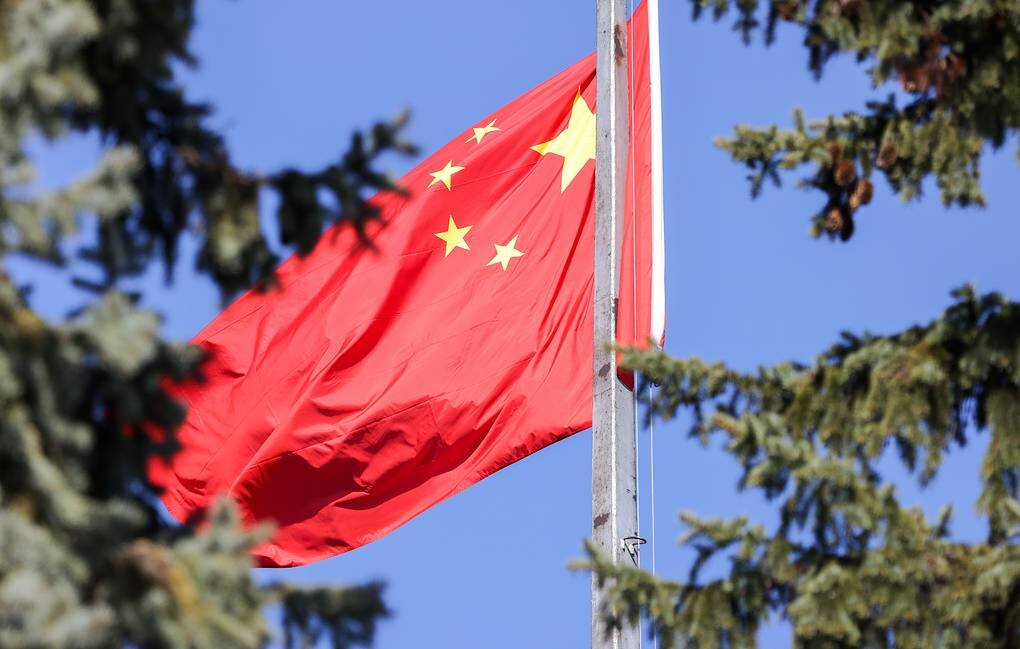China Claims Australia Engages in Intentional Provocation Amid Rising Tensions
In recent developments, tensions between Australia and China have escalated due to a close encounter involving a Chinese PLA J-16 jet and an Australian Defence Force aircraft. This incident, which has raised concerns about safety in international airspace, highlights the ongoing challenges in diplomatic relations between the two nations.
On a routine surveillance mission over international waters, an Australian Royal Australian Air Force (RAAF) aircraft encountered the Chinese fighter jet, which reportedly released flares within 30 meters (100 feet) of the Australian plane. This incident has prompted serious discussions about the safety of military operations in the region.
According to reports, Australian Defence Minister remarks on the situation indicate that the incident is part of a broader pattern of what Australia deems “unsafe and unprofessional” conduct by Chinese military forces. This assertion follows a series of interactions between the navies and air forces of both countries that Australia has characterized as dangerous.
On Friday, the Defence Minister’s comments came just a day after Australia publicly announced its concerns regarding the interactions. The Australian government described the actions of the Chinese jet as provocative and indicative of a deteriorating relationship, particularly in the contested waters of the South China Sea.
While Australia has expressed its grievances, China has firmly rejected these claims. Zhang Xiaogang, a spokesperson for the Chinese Defence Ministry, responded to Australia’s statements by asserting:
“Australia deliberately infringed upon China’s rights in the South China Sea and provoked China, yet it was the villain who complained first, spreading false narratives.”
This response underscores China’s perspective on territorial integrity and military operations in the region. Zhang went on to accuse the Australian military of not adhering to established flight paths in the busy waterway, stating that they had:
- Ignored main routes in the South China Sea.
- Infringed upon Chinese sovereignty by entering what he termed “the homes of others.”
- Provoked a reasonable response from China, which he described as a legitimate defense of sovereignty.
The ongoing dispute highlights the complexities of military operations in international waters, particularly in regions with contested territorial claims. Both Australia and China have vested interests in the South China Sea, a crucial maritime route that is vital for global trade.
As tensions continue to rise, the international community watches closely. The incident serves as a reminder of the fragile nature of diplomatic relations in a region that is increasingly becoming a hotspot for geopolitical tensions.
Australia’s position appears to be focused on maintaining a commitment to safe and professional military engagements, especially in international waters. The government has reiterated its commitment to uphold the principles of freedom of navigation and overflight, which are essential for ensuring stability in the region.
In contrast, China’s stance revolves around asserting its rights and protecting its sovereignty in what it considers its territorial waters. The clash of perspectives raises important questions about the future of military interactions in the South China Sea and the potential for further confrontations.
As both nations navigate these turbulent waters, diplomatic efforts will be crucial in mitigating misunderstandings and fostering a climate of cooperation. The need for open channels of communication and transparency is essential to prevent incidents that could escalate into larger conflicts.
In conclusion, the recent encounter between the Australian RAAF and the Chinese PLA J-16 jet serves as a significant episode in the ongoing saga of Australia-China relations. As both sides continue to assert their positions, the broader implications for security and stability in the South China Sea remain a key concern for the international community.






